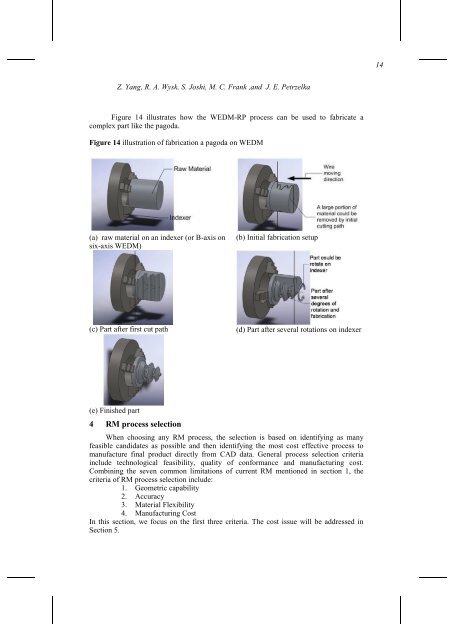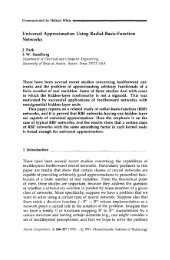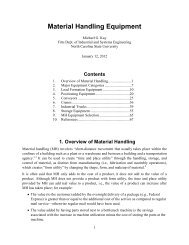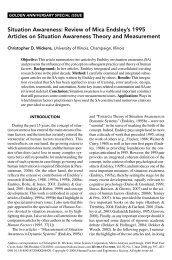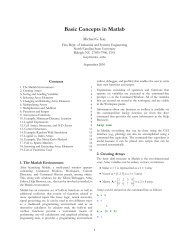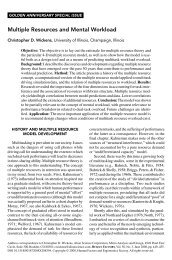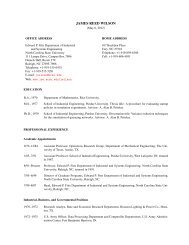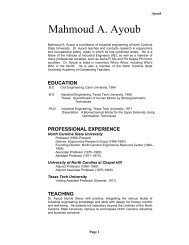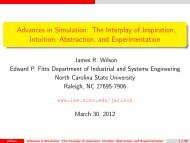Conventional Machining Methods for Rapid Prototyping
Conventional Machining Methods for Rapid Prototyping
Conventional Machining Methods for Rapid Prototyping
You also want an ePaper? Increase the reach of your titles
YUMPU automatically turns print PDFs into web optimized ePapers that Google loves.
14<br />
Z. Yang, R. A. Wysk, S. Joshi, M. C. Frank ,and J. E. Petrzelka<br />
Figure 14 illustrates how the WEDM-RP process can be used to fabricate a<br />
complex part like the pagoda.<br />
Figure 14 illustration of fabrication a pagoda on WEDM<br />
(a) raw material on an indexer (or B-axis on<br />
six-axis WEDM)<br />
(b) Initial fabrication setup<br />
(c) Part after first cut path<br />
(d) Part after several rotations on indexer<br />
(e) Finished part<br />
4 RM process selection<br />
When choosing any RM process, the selection is based on identifying as many<br />
feasible candidates as possible and then identifying the most cost effective process to<br />
manufacture final product directly from CAD data. General process selection criteria<br />
include technological feasibility, quality of con<strong>for</strong>mance and manufacturing cost.<br />
Combining the seven common limitations of current RM mentioned in section 1, the<br />
criteria of RM process selection include:<br />
1. Geometric capability<br />
2. Accuracy<br />
3. Material Flexibility<br />
4. Manufacturing Cost<br />
In this section, we focus on the first three criteria. The cost issue will be addressed in<br />
Section 5.


